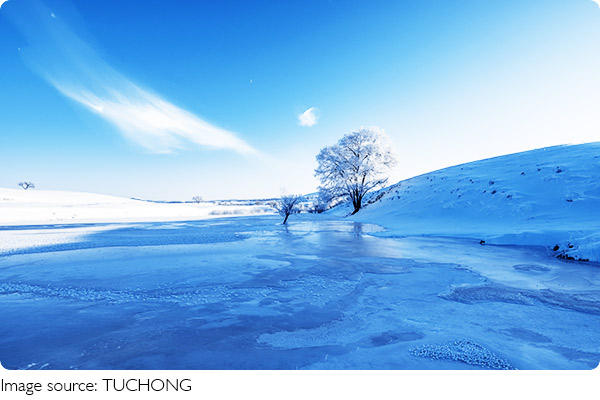Winter travel advice

Everyone says that snow is the slightest respect for winter.
With the temperature dropping and snow falling, people can wear padded clothes, wrap themselves in quilts, engage in snowball fights, and build snowmen with friends.
However, the safety hazards from snowy weather should not be ignored. Traveling in snowy weather requires extra caution to avoid accidents. Here are some tips for safe travel:
1. Driving:
Before heading out, check the windshield wipers to ensure they work correctly and can effectively remove snow and rain.
If the car windows fog up during the journey, switch the ventilation to defog mode and use cold or warm air to clear the fog. It's advisable to stop at a safe location to clear the fog for better visibility before continuing the journey.
Shizuoka: Japanese tea paradise.
Amidst modern chaos, the ancient hourglass embodies timeless wisdom, urging us to cherish fleeting moments.
Berlin TV Tower, known as Fernsehturm, is set against a twilight sky.
Crafting Your Own Handmade Wishing Bottle: A Step-by-Step Guide.
The Evolution and Future of Logistics: A Vital Component in Global Connectivity.
Enhancing Agricultural Sustainability through Crop Rotation and Fallowing.
Drive at a reduced speed and avoid abrupt braking, as snowy roads can be slippery. Increase the following distance to allow for longer braking distances.
Be cautious of icy patches on the road, and give yourself enough time and space to react to emergencies.
2. Cycling:
For bicycles, slightly reduce tire pressure to increase traction on the ground.
Check the brakes before departure, as ice may form on the brake surfaces at night, leading to brake failure.
Avoid rushing into traffic lanes and stay on designated cycling lanes. Keep a safe distance from vehicles and pedestrians to prevent accidents.
3. Walking:
Be cautious of uneven surfaces and avoid stepping on maintenance hole covers, especially if covered in snow or ice.
Choose paths with thicker snow for walking, and be mindful of thin or flat snow patches and icy surfaces.
Walk on sidewalks whenever possible and refrain from walking on the road. Exercise caution at intersections and refrain from jaywalking.
In case of a fall, try not to use your wrists to break the fall to avoid wrist injuries. Instead, use scarves or other items to immobilize any fractured limbs and seek assistance.
Additional considerations:
1. Avoid falling objects: Be aware of the risk of falling objects such as icicles from trees, advertisements, temporary structures, and other elevated surfaces.
2. Cold protection: Dress warmly, especially protecting the head, back, and feet from the cold. Wear a mask to reduce the impact of cold air on the respiratory system.

3. Home fire safety: When using heating devices, choose certified products, avoid drying clothes on them, and turn off the power when leaving home to prevent fire hazards.
By following these safety tips, individuals can minimize the risks associated with snowy weather and ensure a safer travel experience.

 · News team
· News team